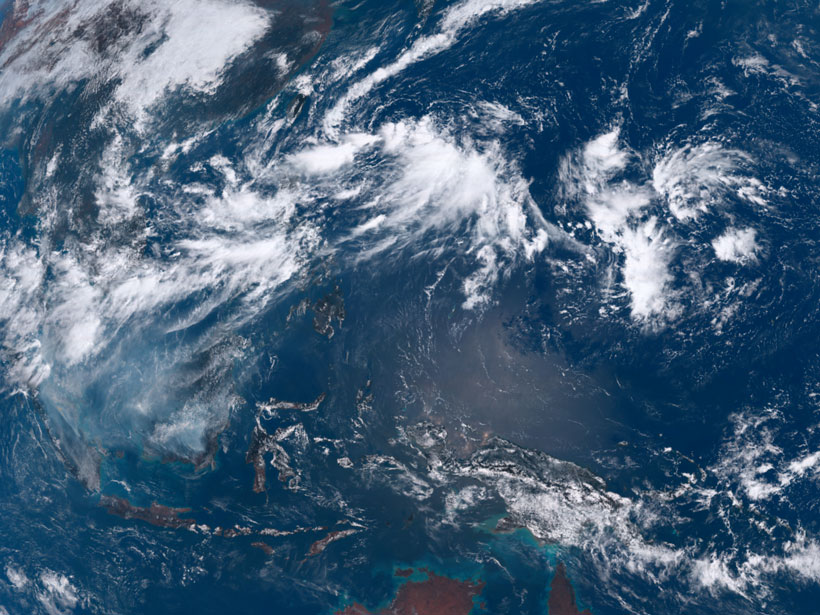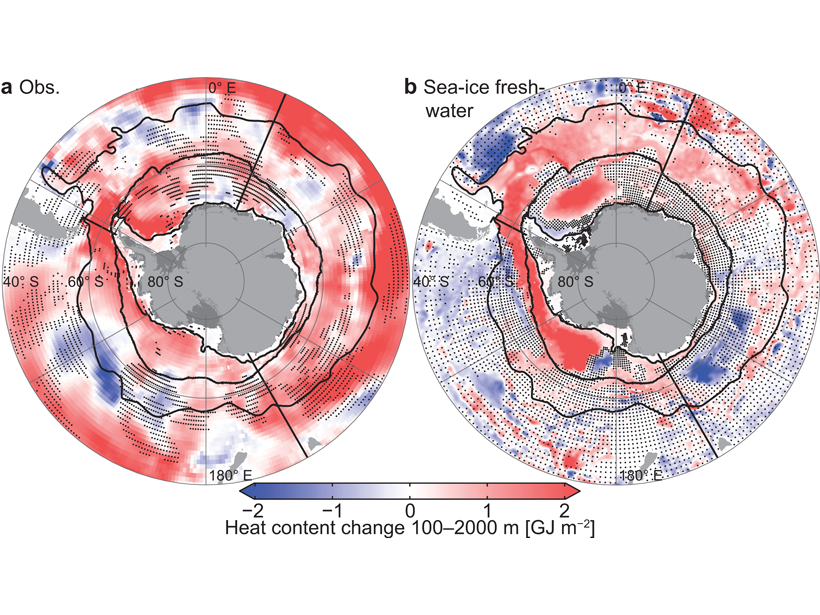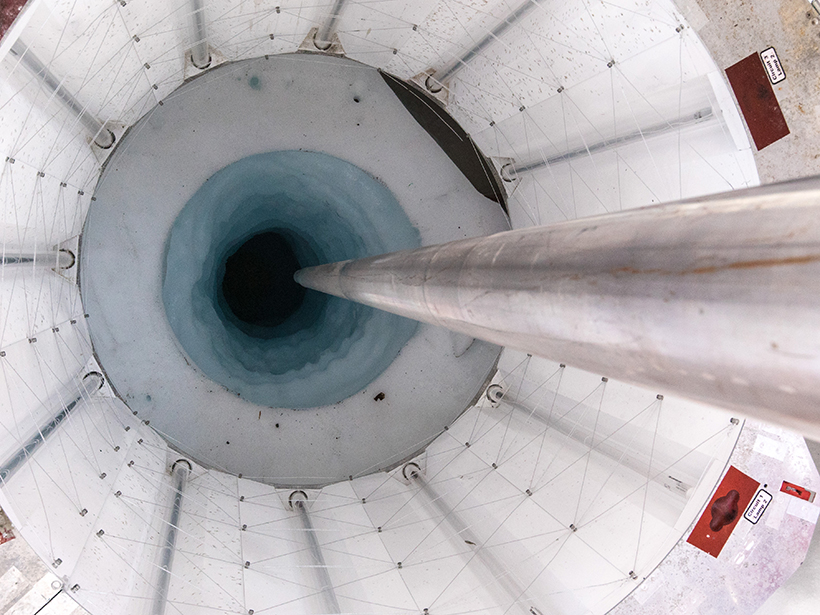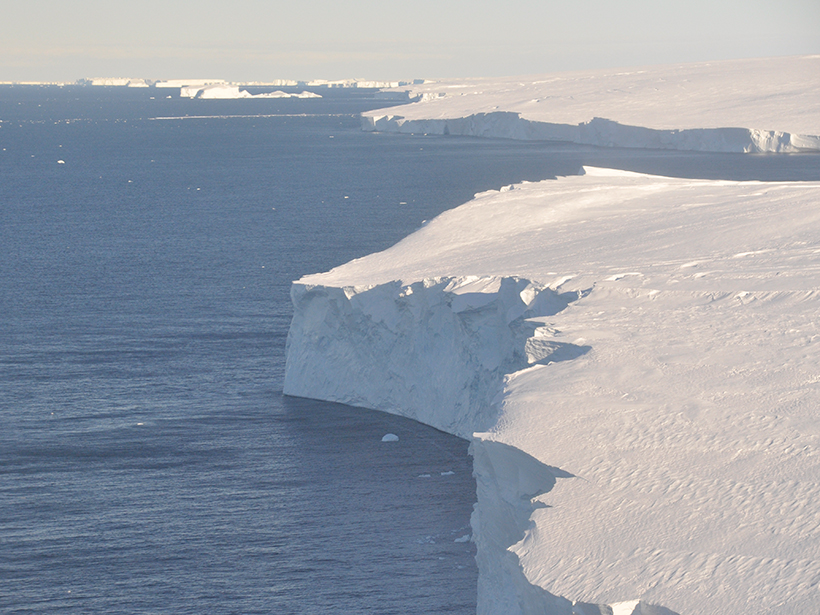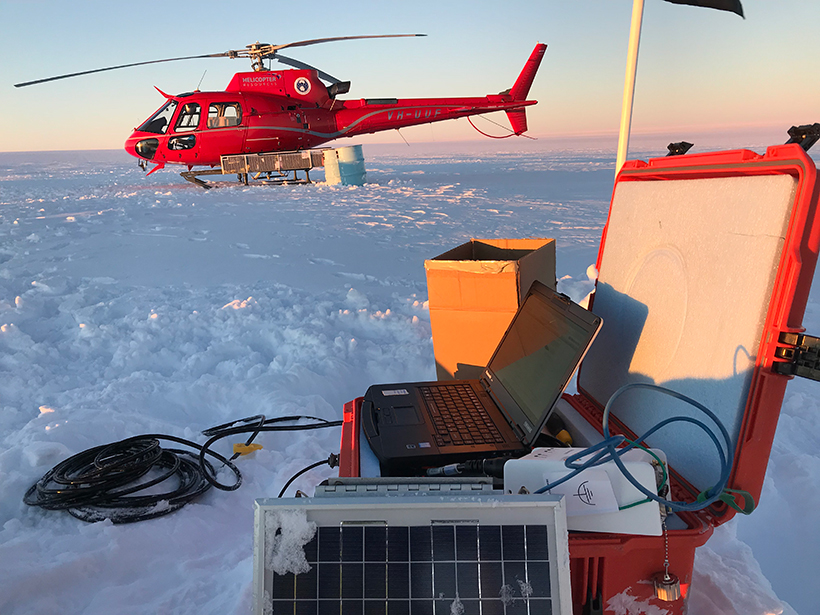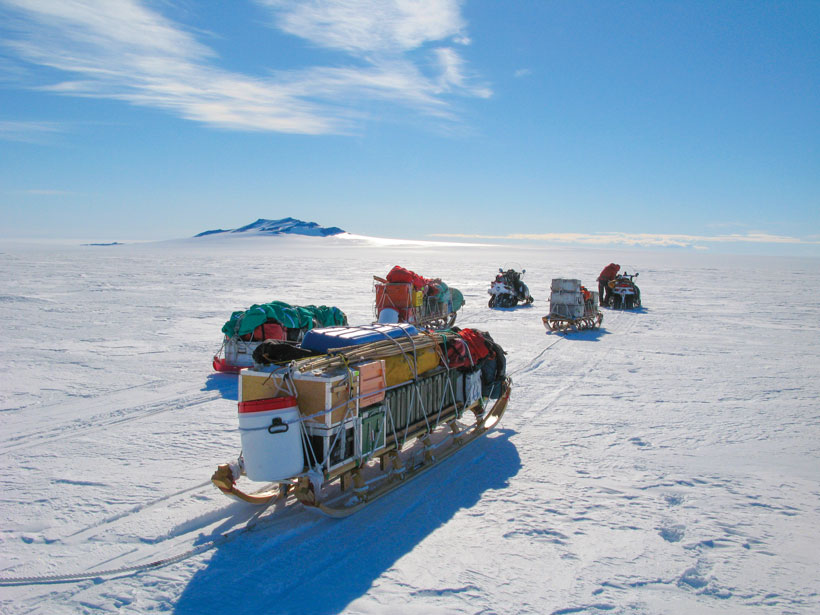Rapid temperature spikes in the stratosphere above Antarctica can influence weather and spark cyclones in the Northern Hemisphere’s tropics.
Antarctica
Characteristics of Polar Sea Ice in Latest Climate Models
Sea ice area in CMIP6 is similar to previous versions while its sensitivity to external forcing is subtly different and closer to observations, but still not in step with global surface temperature.
Emerging Technologies Help Scientists Tune In to Krill
Acoustic tools identify the population of “the most important fishery in the Southern Ocean.”
Explaining Cold and Fresh Southern Polar Ocean Surface Waters
Global climate models do not reproduce observed trends of the Southern polar ocean surface, but an increase in wind-transported sea ice that melts and inhibits mixing may account for the disparity.
A Subglacial Lake in Antarctica Churns Out Nutrients
Eight hundred meters below the West Antarctic Ice Sheet, microbes in subglacial Lake Whillans create organic carbon that helps power the Southern Ocean’s vast food chain.
“Terremotos Glaciales” Vistos por Primera Vez en Thwaites
Estos eventos sísmicos, provocados por los icebergs que se vuelcan y chocan contra Thwaites, revelan que el glaciar ha perdido parte de su plataforma flotante de hielo.
A Shared Resource for Studying Extreme Polar Environments
A new community pool of seismic instrumentation will facilitate and advance geologic and cryospheric research in Earth’s ice-covered environments.
The Threat at Thwaites
This Antarctic glacier is rapidly losing mass. An international team is digging into the ice to figure out just how bad it is.
“Glacial Earthquakes” Spotted for the First Time on Thwaites
These seismic events, triggered by icebergs capsizing and ramming into Thwaites, reveal that the glacier has lost some of its floating ice shelf.
Antarctic Ice Cores Might Be Older Than Dirt
Using cosmogenic nuclide dating, scientists determined a 10-meter core just below the surface to be over a million years old.

